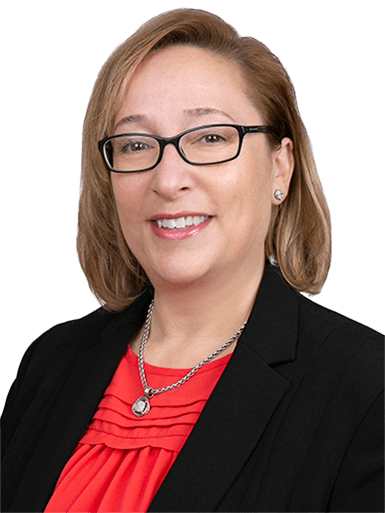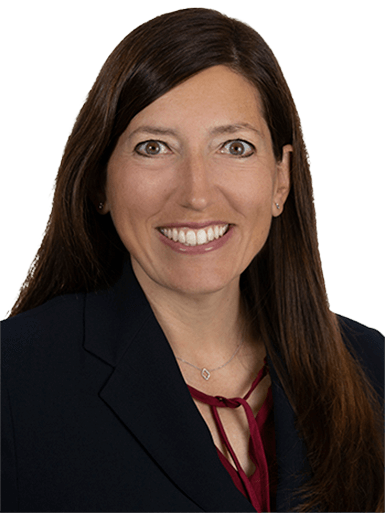Seminar Recap: Embracing Continuous Close for Real-Time Financial Insights
During AAFCPAs’ recent Nonprofit Seminar (April 2025), Joyce Ripianzi, CPA, Amy Staunton, CPA, and Lauren M. Duplin, CPA of AAFCPAs’ Outsourced Accounting & Fractional CFO practice presented to more than 550 attendees practical guidance on how nonprofit finance teams may adopt a continuous close model to improve accuracy, timeliness, and efficiency.
Many nonprofits are already navigating complex reporting requirements, lean staffing structures, and increased demand for financial transparency. Delayed access to financial information limits decision-making, especially when organizations must respond quickly to funding shifts or strategic opportunities. AAFCPAs encourages nonprofit finance leaders to consider adopting a continuous close approach to improve accuracy, reduce bottlenecks, and create space for more forward-looking analysis.
Webinar On-Demand
What Is Continuous Close?
Continuous close is a shift in mindset. Rather than viewing the monthly close as a static deadline-driven event, finance teams adopt a continuous rhythm of posting, reviewing, and reconciling transactions throughout the month. The goal is to eliminate the peak workload period at month-end and replace it with a more even, ongoing cadence that supports real-time insight and stronger financial stewardship.
This approach does not eliminate the formal close process. Instead, it dismantles the close into smaller components, spreads them across the reporting period, and introduces a higher degree of process automation and standardization. For example, rather than waiting until month-end to reconcile the bank statement or record credit card activity, those tasks are completed weekly or even daily based on established rules and roles. Recurring entries such as depreciation, salary allocations, and prepaid expense releases are scheduled and executed automatically. Accruals for known obligations, such as contracted services or grant-related expenses, are recorded in real-time as agreements are signed rather than weeks later when invoices arrive.
The result is a cleaner, faster, and more accurate close. Finance teams are no longer forced to scramble through stacks of receipts, email follow-ups, or spreadsheet checklists after the month has ended. Instead, they can devote time to reviewing financial performance, identifying trends, analyzing variances, and supporting operational leaders with timely data. Boards and funders receive more relevant information, and decisions are based on current performance rather than data that could be up to a month old.
Continuous close also supports staff development. Instead of spending long hours each month repeating manual tasks, teams can focus on higher-value work such as budget refinement, compliance tracking, and scenario modeling. For organizations with limited resources, this approach helps smooth workloads across the month and reduce the likelihood of burnout.
This process includes collaborative learning, shared tools, and integrated systems. A continuous close process aligns finance with the pace of operations and replaces bottlenecks with forward-looking capacity. In a nonprofit environment where clarity and responsiveness are essential, this method offers a meaningful and attainable upgrade.
Common Obstacles for Nonprofits
While the idea is appealing, nonprofits often face practical hurdles when trying to implement process changes. These include:
- Limited staff bandwidth
- Outdated or disconnected financial systems
- Manual processes across multiple data sources
- Lack of standardized workflows
- Resistance to changing ‘how it has always been done’
These challenges are real, but they are not insurmountable—and the cost of maintaining the status quo continues to rise. When finance teams rely on legacy systems and fragmented procedures, they often duplicate efforts, delay reconciliations, and miss opportunities to generate timely insights. This may lead to preventable reporting errors, misaligned resource planning, and slower responsiveness to grant requirements or board inquiries.
In many cases, the current process places a disproportionate burden on a few individuals who are responsible for manually tracking tasks or gathering data from siloed systems. When those individuals are unavailable, delays ripple across departments. Establishing a more integrated and consistent approach reduces risk, improves data quality, and creates space for the finance team to contribute more strategically to organizational goals.
Recommended First Steps
Finance leaders are encouraged to start by evaluating their current workflows. What tasks are still performed manually? What steps are repeated unnecessarily because one number changed? Are there reports prepared monthly that no one uses? AAFCPAs recommends that clients think about the close process as they would cleaning out a closet: take everything out, question the purpose of each item, and put back only what belongs.
To begin, finance leaders may benefit from stepping back to reassess how month-end responsibilities are currently assigned and executed. Consider which tasks are truly critical, which are repeated without adding value, and which could be automated or moved earlier in the month. Recurring entries—such as depreciation, prepaid expenses, and deferred revenue—can be scheduled in advance. Weekly reconciliations of bank activity or credit card charges may prevent unnecessary backlogs. Look closely at the tasks that are delaying issuance of the close because information is missing. Immovable bottlenecks, like waiting on receipts or paper statements, may signal the need for system upgrades or vendor changes. Staff should be empowered to flag inefficiencies and encouraged to question legacy practices that no longer serve the organization.
Technology as a Catalyst
Technology is central to executing a continuous close process effectively. A well-aligned technology stack connects not only the general ledger but also payroll systems, donor databases, credit card platforms, and reporting tools, creating a cohesive environment for financial data to flow with fewer delays or manual interventions.
Close automation software offers features that help standardize reconciliations, monitor checklist progress, generate real-time variance reports, and organize audit documentation. These tools provide more than efficiency. They offer a shared workspace where teams can collaborate, ask questions, track adjustments, and resolve issues without relying on static spreadsheets or disjointed email threads.
Before exploring new platforms, it is worth taking stock of what you already have. Many nonprofits are using financial tools with underused features that could streamline processes if better aligned. The first step is a thoughtful evaluation of your current systems: what connects, what does not, and where gaps in workflow or access create friction. From there, you may determine whether adding a purpose-built close automation solution would strengthen your reporting capabilities or whether your existing infrastructure simply needs to be better configured.
For guidance tailored to your organization, AAFCPAs’ Outsourced Accounting & Fractional CFO practice is available to support your team.
These insights were contributed by Joyce Ripianzi, CPA, Partner, Nonprofit Outsourced Accounting & Fractional CFO, Amy Staunton, CPA, Director & Consulting CFO, and Lauren M. Duplin, CPA, Partner, Nonprofit Consulting. Questions? Reach out to our authors directly or your AAFCPAs partner. AAFCPAs offers regular resources for Nonprofits. Subscribe to get alerts and insights in your inbox.



